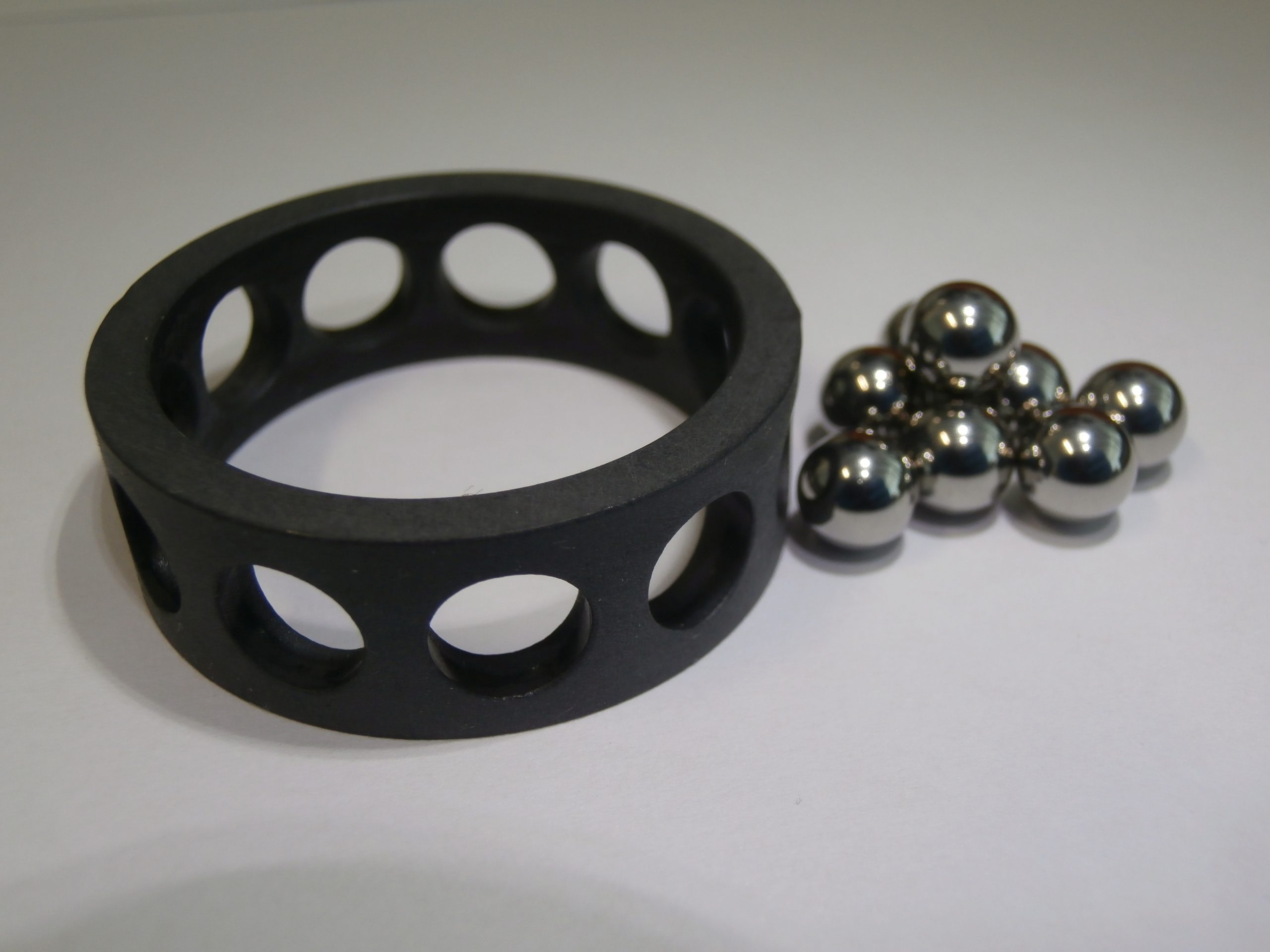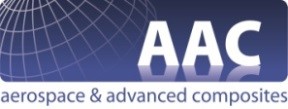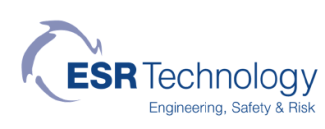PAGE CONTENTS
Objectives
The main goals of this project was to develop a new material for use as cages in ball bearings. It shall enable long term low friction by solid lubrication as it was offered by Duroid5813, for which manufacture had been ceased some years ago. The new material shall fulfil European non-dependence.
In space mechanisms, lubrication by use of solids has certain advantages compared to liquid lubrication. For ball bearings, often a combination is done: to start immediately with good lubrication a coating is applied to the races. Secondly, in order to enhance life time, a cage is made of a composite containing similar lubricant. This lubricant is the transferred via the balls onto the race of the bearing.
In space mechanisms, such composites based on polymers are well known, as e.g Duroid 5813, PGM-HT (based on PTFE), but also like Vespel-SP3 and Sintimid=Tecasint 2391 (based on polyimide). Such polymers filled with solid lubricants shall be named as “Self-Lubricating Polymer Matrix composites (SLPMC)”.

Challenges
The working mechanism in such a solid lubricated ball bearing is referred to as “transfer mechanisms”. The balls slide on the the cage, wear off the solid lubricant from the cage and transfer it to the race fo the ball bearing. This “transfer layer” is need for proper lubrication.
The key challenge is to identify a proper composition for the cage material, so that enough material is transferred (to enable good lubrication), that not too much is transferred (to early wear of the cage), and that finally the transfer layers is smooth. Some more material specific properties are e.g. no shrinkage, no outgassing.
System Architecture
Can be used as cages in ball bearings (also crown cages were machined already down to to diameter ~10mm), as inserts in linear bearings, as bushes
Plan
WP1000: review and selection of initial compositions,
Definition of an RSD (Requirements Specification Document)
WP2000: Manufacturing and testing on material level (microstructure density, hardness, tensile, thermal expansion, outgassing, friction and wear by Pin-on-Disc) in wide temperature range (LHe up to +80°C), down selection for:
WP3000: first testing of ball bearings (cages),
WP4000: optimisation of composition on basis of previous results
WP5000: Secondary, testing of ball bearings (cages), conclusion
Current Status
Project successfully closed by 2020. The material TECASINT TSE 8591 shows a torque even lower than for benchmark materials.
Data for application is available.


